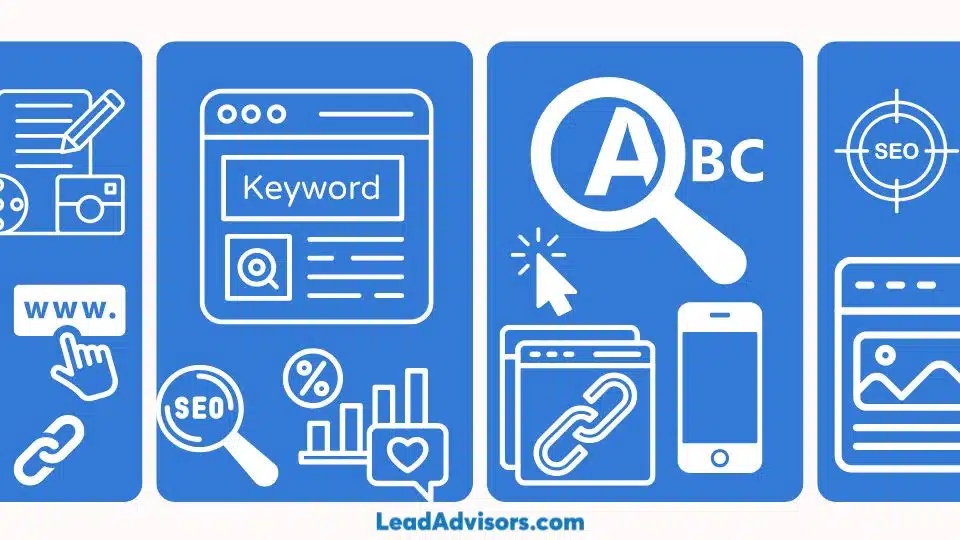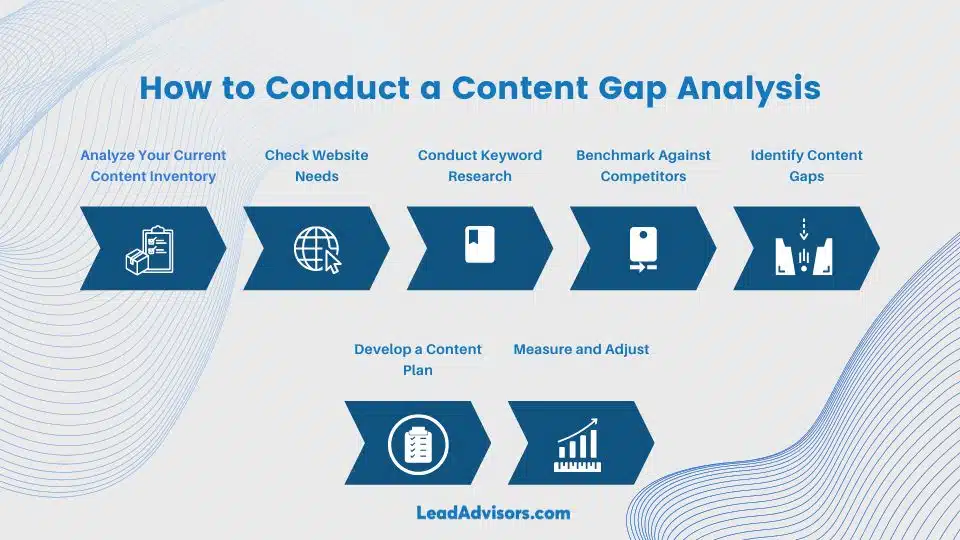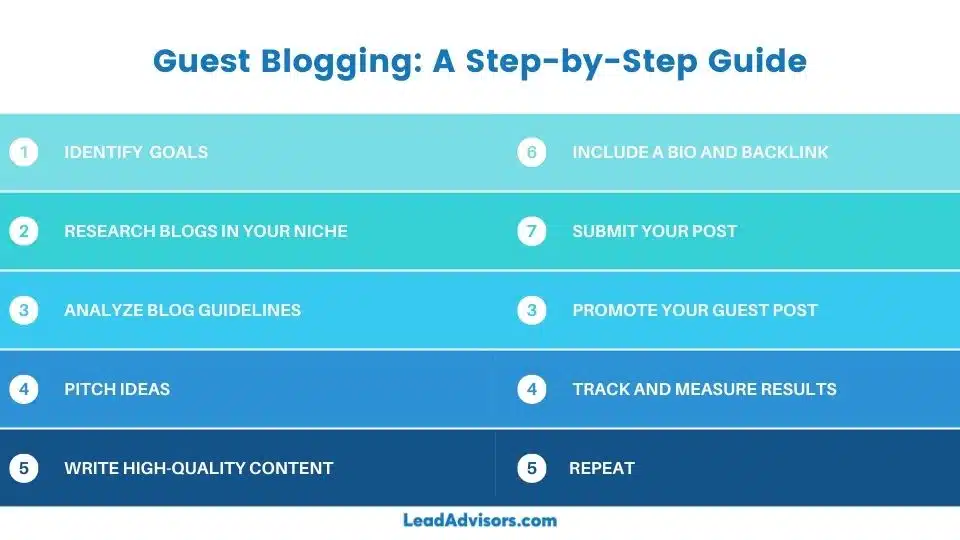Content marketing is king in today’s digital age, and creating high-quality content is crucial to success. Nevertheless, it can be daunting to determine where to commence when numerous strategies and methods are available. This is where pillar content and cluster content come into play. A clear understanding of the distinctions can unlock the door to an effective content marketing strategy.
According to a survey by HubSpot, businesses that prioritize content marketing receive an impressive 13 times higher return on investment (ROI) than those that do not. This highlights the significant impact that content marketing can have on a company’s success.
However, in today’s competitive landscape, simply producing content is insufficient. Creating unique and captivating content that resonates with your target audience is crucial. This is where the distinction between pillar content and cluster content becomes essential.
This article will explore the distinctions between pillar and cluster content, highlighting the unique advantages of each strategy. By the end of this article, you will clearly understand which approach is best for your brand. Additionally, you’ll learn how to create a content marketing plan that drives results.
Understanding Pillar Content

What is Pillar Content?
Pillar content, also known as a pillar page, covers a broad topic in-depth and serves as a resource pillar at the foundation of a content marketing strategy. This uses internal and external links to provide visitors with a complete list of links related to a particular topic.
The primary objective of a pillar page is to deliver valuable information to readers by addressing their most significant inquiries about a particular topic. Additionally, it serves to establish the brand’s expertise and credibility in that specific subject area.
Pillar content works hand in hand with topic clusters, which are groups of relevant content centered around a particular topic. These clusters help organize and identify related content and typically consist of cluster pages or content that provide more specific information related to the topic covered in the pillar page.
By creating comprehensive pillar pages and topic clusters, brands can effectively build a strong brand identity and increase their site’s search visibility. This strategy enables the brand to establish authority, engage readers with valuable information, and enhance overall website performance.
Creating High-Quality Pillar Content
Creating valuable cluster content is an essential aspect of content marketing. A cluster content strategy involves creating a group of related articles centered around a particular topic or theme, each targeting specific and relevant keywords and phrases. Furthermore, this approach can help boost your website’s search engine optimization (SEO) and drive more traffic.
Here are some tips for crafting effective cluster content:
Choose a primary keyword or topic
The first step in creating cluster content is to conduct keyword research on the topic you want to target. When selecting a topic for your content, it is crucial to prioritize. Choose a comprehensive and inclusive subject to rank high on search engine results pages (SERPs).
To illustrate, if your website revolves around fitness, a suitable primary keyword could be “exercise regimens.”
Identify related keywords and entities
Once you have your primary keyword, you should identify related keywords and entities to create content. These words and phrases are semantically related to your primary keyword and help provide context and relevance to your content.
For example, some related keywords for “workout routines” might include “strength training,” “cardio exercises,” and “healthy eating.”
Create multiple articles around your primary keyword
With your primary and related competitive keywords in mind, you should create multiple articles related to your primary topic. Each article should target a specific keyword or phrase. Additionally, it should provide in-depth, valuable information to your readers.
For example, you might create articles like “10 best strength training exercises,” “5 cardio workouts to burn fat,” and “The benefits of a healthy diet for fitness.”
Use semantically related keywords and entities throughout your content:
As you create your cluster content, use your related keywords and entities throughout your articles. This practice aids Google Search in establishing the significance and context of your content for search engines. It also helps boost your blog post’s search engine ranking and visibility in search results.
Interlink your cluster content with your pillar content:
To further enhance the SEO value of your cluster content, it is essential to implement interlinking strategies between your article’s service page and your pillar content. Your pillar content is the main article or page that offers a comprehensive overview of your chosen topic.
You establish a network of related articles by linking your cluster content to your pillar content. This approach serves multiple purposes:
- It helps search engines better understand the depth and breadth of your expertise on the topic.
- It provides added value to your readers by guiding them through related subtopics and expanding their knowledge.
- This interlinking strategy can significantly improve your search rankings and online visibility, making it easier for your target audience to find and engage with your content.
Exploring Cluster Content

What is Cluster Content?
Cluster content is a strategic approach to content creation that revolves around creating a series of interlinked blog posts or landing pages centered around a specific topic. In contrast to pillar content, which focuses on comprehensive and authoritative coverage of a broad subject, cluster content delves deeper into specific subtopics related to the central pillar page.
By creating cluster content, websites can provide more specific and detailed information on subtopics related to the main pillar page. This approach enhances the user experience by offering a wealth of information on a specific subject. Moreover, it keeps visitors engaged and encourages them to spend more time on the site, exploring the various interconnected pieces of content.
Cluster content can take various forms, including;
- blog posts,
- articles,
- videos,
- infographics,
- or even podcast episodes.
The crucial aspect is that these content pieces strongly emphasize specific subtopics directly connected to the pillar page.
For example, if the first pillar page topic is about “healthy eating habits,” the cluster content could cover subtopics such as “benefits of a plant-based diet,” “meal prep ideas for busy professionals,” or “superfoods for optimal health.”
Each cluster content piece provides in-depth information on a specific aspect while linking to the main pillar page.
Crafting Valuable Cluster Content
Creating high-quality cluster content is essential for a successful content strategy. Cluster content supports the main pillar of the web page and provides more in-depth information on a subtopic.
Here are some tips for crafting valuable cluster content:
- Use semantically related keywords and entities to ensure your content is relevant to the main pillar page and the topic cluster.
- Ensure that the content you deliver to your audience is valuable and informative.
- Interlink your cluster content with your pillar page.
You can create an effective and engaging content strategy for your audience by focusing on semantically related keywords and entities. This involves providing valuable information and interlinking your cluster content with your pillar page content.
Brand Recommendation: Pillar Content for Long-Term Success
Content marketing has become vital to any brand’s marketing strategy in today’s digital age. Consequently, brands create and share valuable content with their target audience to establish their authority in their industry. Additionally, this approach helps increase brand awareness and ultimately drives more sales.
However, with the sheer volume of content created, standing out is becoming increasingly challenging. That’s where pillar content comes in.
Pillar content serves as the foundation of a brand’s content strategy. Unlike shorter, temporary pieces, pillar content is comprehensive and evergreen. It covers a broad topic in-depth, providing immense value to the reader.
Rather than focusing on short-term gains, brands that invest in creating high-quality pillar content can reap long-term benefits. By producing pillar content, brands can solidify their expertise, attract a loyal audience, and establish a lasting impact in their industry.
Why Brand Focus on Blog Content?
Here are some reasons why the brand recommends focusing on blog content, post content, and pillar content:
- Establishes the brand’s authority: Establishing oneself as a thought leader in the industry can be achieved by creating comprehensive and authoritative content centered around a specific topic. This approach helps build trust with the target audience and ultimately increases sales.
- Improves SEO: Pillar content is strategically optimized to target specific keywords and phrases. This optimization allows search engines to grasp the content’s topic effectively, boosting visibility in search rankings.
- Provides a foundation for future content: Pillar content is strategically designed to target specific keywords and phrases. This enables search engines to understand the content’s subject matter and enhances its visibility in search rankings. Additionally, it creates a web of interrelated content that provides value to the reader and helps establish the brand’s authority on a particular topic.
Long-term Benefits of Pillar Content:
The long-term benefits of pillar content for a brand’s content strategy are numerous. Here are a few examples:
- Increased website traffic: Brands that create high-quality pillar content can significantly increase website traffic over time. Pillar content is effective because it is tailored to target specific keywords and phrases. These keywords and phrases align with users’ search queries, enabling them to discover the brand’s content more easily.
- Improved search engine rankings: Pillar content is strategically optimized to target specific keywords and phrases. This enables search engines to grasp the content’s context and enhances its visibility in search rankings. Over time, these efforts can improve search engine rankings for the brand’s content.
- Greater brand awareness: By establishing the brand’s authority on a particular topic, pillar content can help increase brand awareness over time. This can lead to more people discovering the brand and ultimately becoming customers.
Successful Pillar Content Implementation
Successful pillar content implementation can be seen across many industries. For example, HubSpot’s “The Ultimate Guide to Marketing” is an excellent example of pillar content. It covers a broad topic in-depth and provides value to the reader, establishing HubSpot as a thought leader in the marketing industry.
Another example is Neil Patel’s “Advanced Guide to SEO.” This comprehensive guide covers everything a reader needs to know about SEO, establishing Neil Patel as an authority.
According to a recent study by HubSpot, companies that consistently published at least 16 blog posts per month witnessed a significant increase in website traffic. These businesses received nearly 3.5 times more traffic than those that published only 0-4 blog posts monthly.
Furthermore, the study also found that companies that went above and beyond by publishing over 401 blog posts experienced a remarkable boost in traffic. Specifically, they obtained 2.5 times more traffic than companies that published 0-100 blog posts.
These statistics highlight the long-term benefits of investing in high-quality pillar content for a brand’s content strategy.
Conclusion
Understanding the difference between pillar content and cluster content is crucial in unlocking content strategy success for your website or blog. Firstly, pillar content serves as the foundation of your site. Moreover, cluster content supports the pillar by diving deeper into subtopics related to it.
Creating well-structured and interconnected content web can improve your website’s SEO. Additionally, it can increase engagement with your audience and establish yourself as an authority in your industry.
If you want to improve your content strategy, Lead Advisors has an excellent blog post on this topic that can provide valuable insights. In their article “Pillar Content vs. Cluster Content: Content Strategy Success,” you can find a detailed explanation of the difference between these two types of content and how to use them effectively.



















